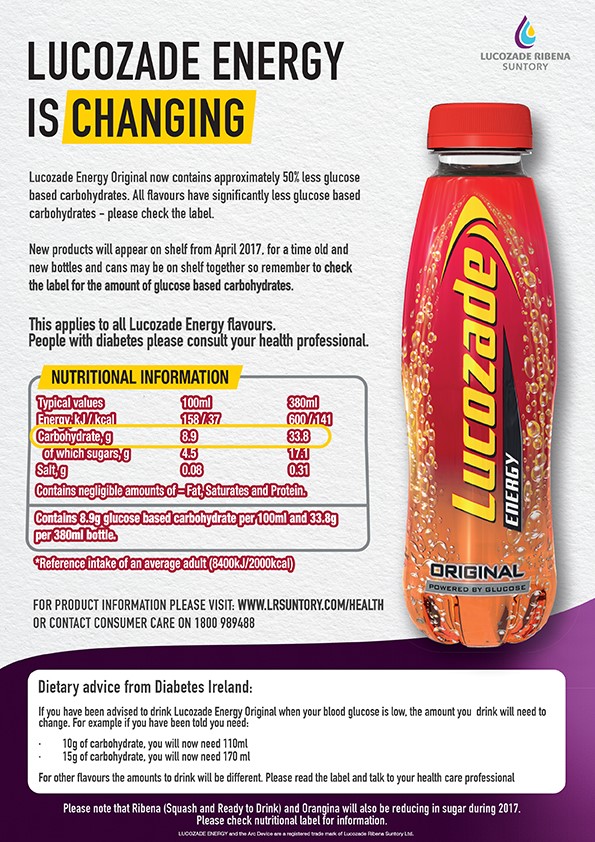I wrote a post a couple of months back about traveling through multiple airports and how I fared with my insulin pump and my cgm (continuous glucose monitor) at each one. You can read it here. It was a good practice run for our trip to the US in July. I had everything ready.

But, as the whole world knows, the best laid plans can sometimes go awry. Type 1 diabetes it is no different.
The night before our flight to America I did a set change on my pump. This means I change to a new cannula site and fill up a new insulin reservoir. I know I really shouldn't do set changes at night because of the risk of pump site failure but my mornings are usually rushed and it makes more sense for me to do it at night.
Plus I have the added security of wearing a CGM. I was definitely glad for it on this occasion. My cgm (continuous glucose monitor) alerted me to high glucose levels so I did not wake up in DKA (Diabetic ketoacidosis) and miss my flight.
When The first alarm went off, I figured it was travel related stress. And it's not unusual for my glucose levels from dinner to linger into the night. The second time, I thought that's odd, my glucose levels have gone up. I did a second correction bolus of insulin. But when it went off a third time at 5am and my glucose levels weren't going down at all, I wasn't taking any more chances. I inserted a new pump site and did a new correction bolus of insulin and, thankfully, an hour later when it was time to get up and get out to the airport my glucose levels were coming down.

I dread to think how I would have felt if I hadn't been using my cgm. I had a pump site failure once before from a bent cannula before I my days of using a cgm. I woke with a glucose of 25!!! And I felt so sick for most of the day, even though I had figured out the problem by lunch and started using my emergency Novo pens. I can't bear to think how I would have dealt with that if it happened the morning of our flight. In Short, I don't think I would have been on my flight that day!
Thankfully, I've only had two insulin pump site failures in the seven years that I have been pumping. The most recent one could have put a real damper on my holidays if it wasn't for the cgm (continuous glucose monitor). The "what if" makes me shudder.
















